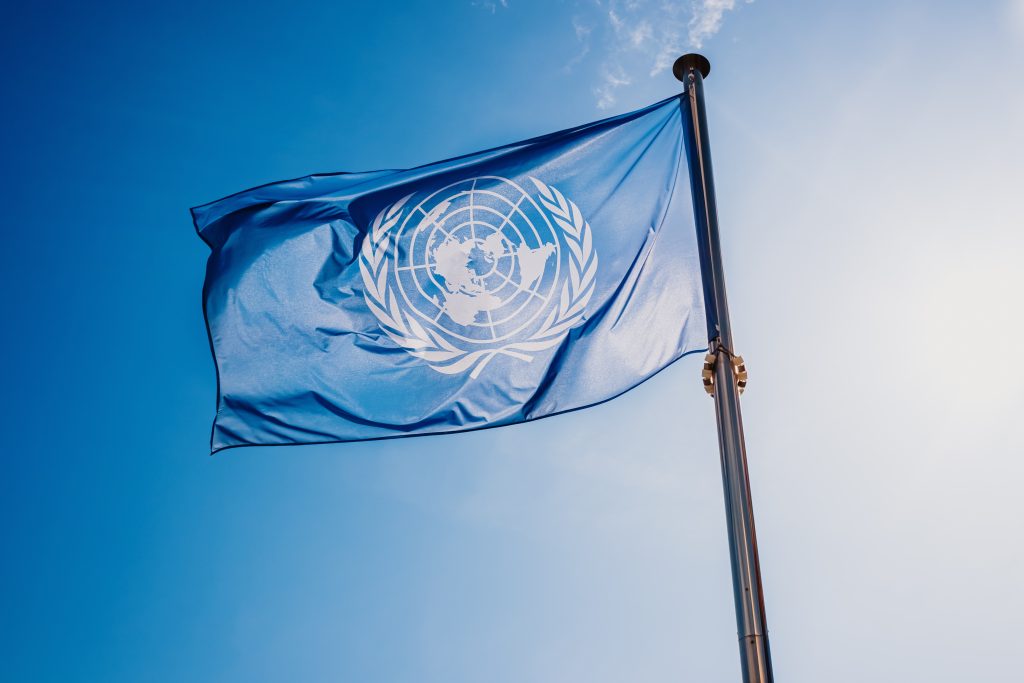Why international organisation are technical about disaster terminology.
Hear the word ‘famine’, and a certain set of tragic images will generally come to mind. Look at what is currently happening in Somalia, where a severe food crisis has resulted in more than a million children being severely malnourished, 40 percent of the population struggling to find food, and hundreds of people starving to death, and you may think it fits the term well. But you would be wrong. Despite all the suffering, there is currently no famine in Somalia.
That is because famine is a technical term. For it to be applied, specific criteria must first be met. These are: 20 percent of households facing extreme food shortages, 30 percent of people having acute malnutrition and the daily starvation death rate exceeding two per 100,000 people. Somalia is currently falling a little short of some of these metrics.
This matters because the way disasters are categorised changes the world’s response to them. (Another well-known example of this phenomenon is when Covid-19 was upgraded from a “public health emergency of international concern” to a “pandemic” on the 11th March 2020.) Famines are defined and assessed by the United Nations (UN), an international organisation that functions as a talking-shop for the world’s countries and influences how they handle global issues. Although declaring a famine doesn’t automatically compel the UN or its member nations to act, it is strongly correlated with an uptick in action and aid.
Take the 2011 famine that happened in Somalia and some of its neighbouring countries. In the several months before the crisis was declared a famine UN agencies gave the area about $30 million of aid. In just the first two weeks after it was declared a famine, UN agencies gave $51 million in aid.
There is a logic to this approach. The UN might be a big and powerful organisation, but it is still working with scarce resources in a world that is filled with suffering and crises. The UN is currently trying to tackle a global hunger crisis it has called “unprecedented” in terms of its scope and severity, which has been caused by a toxic combination of pandemic-related economic disruption, climate change, and Russia’s invasion of Ukraine (those two countries previously accounted for a third of global wheat and barley exports, food types that are a key staple of many people’s diets.)
Decisions therefore have to be made about where the UN should deploy its limited amounts of budget, workers, and supplies. Being able to categorise disasters by severity creates some standard guidelines about how to prioritise these resources so that the worst situations get the most help.
But not everyone agrees with this way of handling things. Some people worry that reserving emotive, attention-grabbing terms like “famine” for particularly dire situations can breed complacency and stop people appreciating how bad things already are. (The UK newspaper The Guardian cited this sort of argument as the reason for its decision to replace editorial references to “climate change” with “climate emergency”.)
By the time Somalia’s 2011 food crisis was declared a famine, half of all the people who would die during it - an estimated 260,000 - had already died. Indeed, that particular situation ended up being so bad that the UN ended up having to upgrade its categorisation to a “great famine” (definition: a famine with more than 100k deaths. You can also get a “calamitous famine” if the death toll exceeds 1 million.)
The UN reckons 49 million people in 43 different countries are currently “one step away” from famine. Whether that single step will make a difference to how much the world helps them remains to be seen. But many people will feel that it should not.
Read our explainer on: the United Nations

